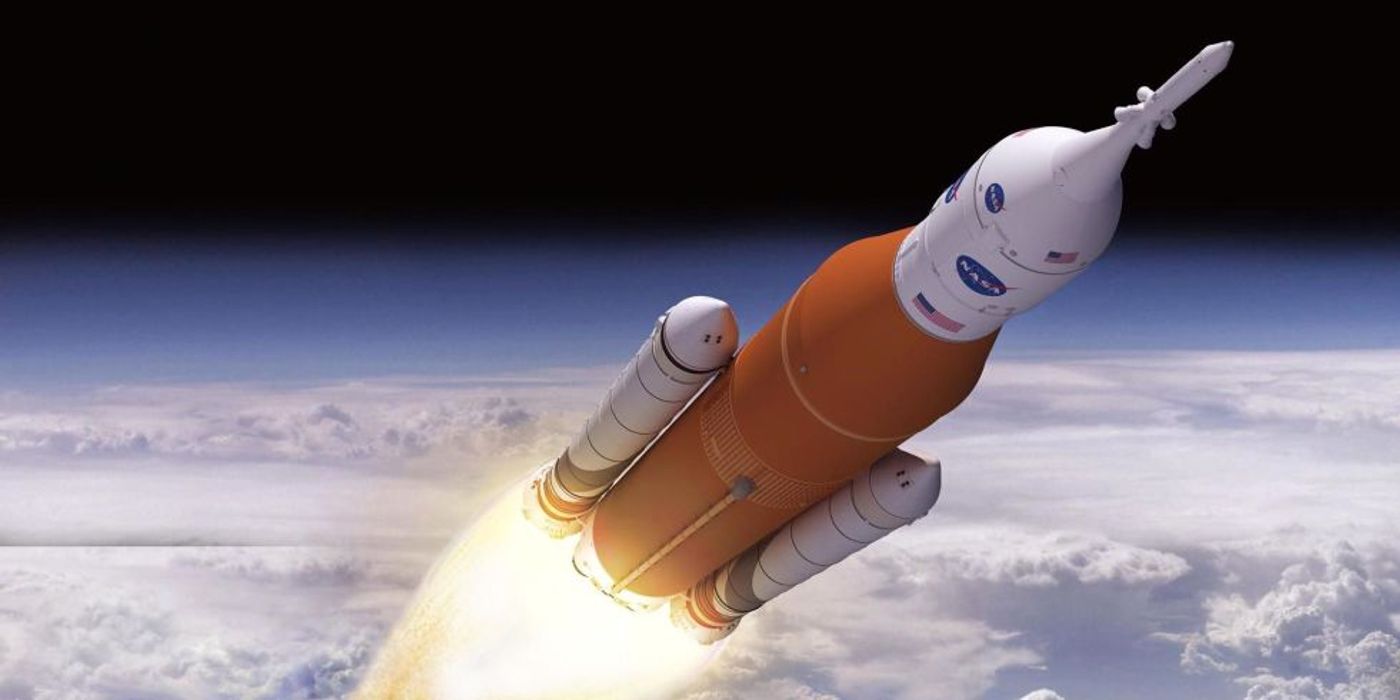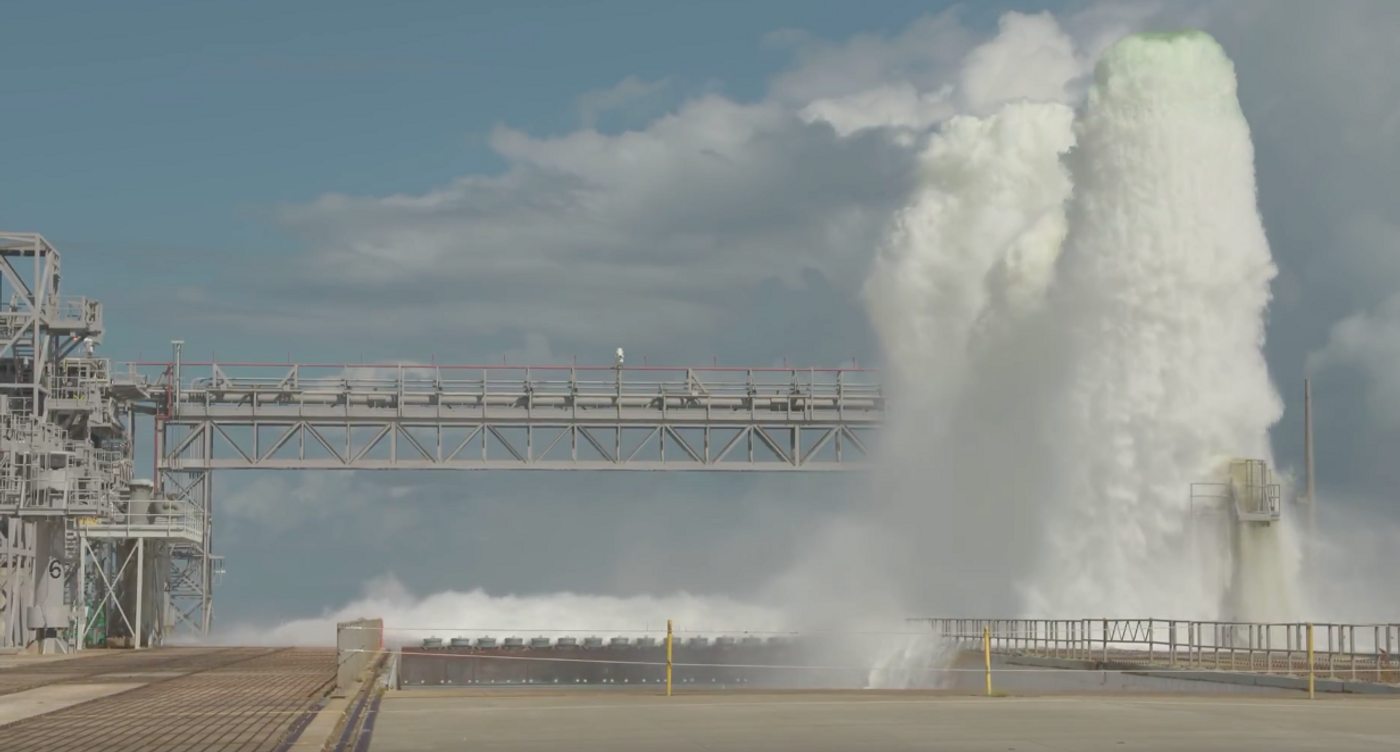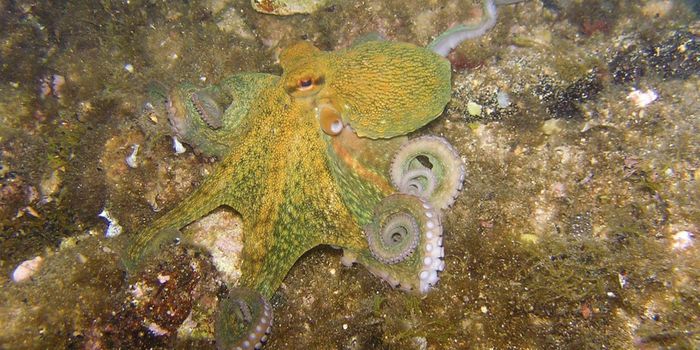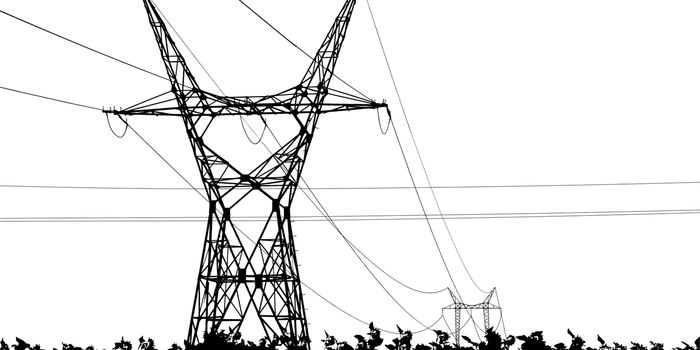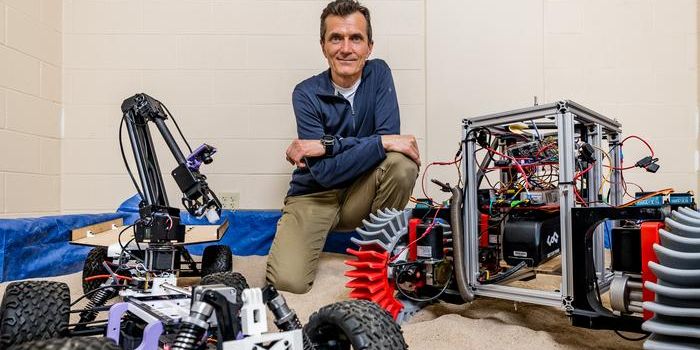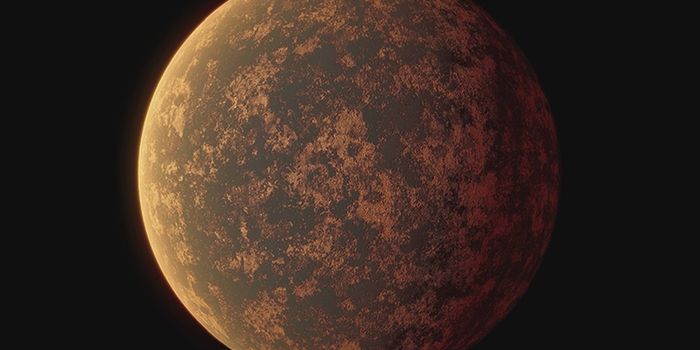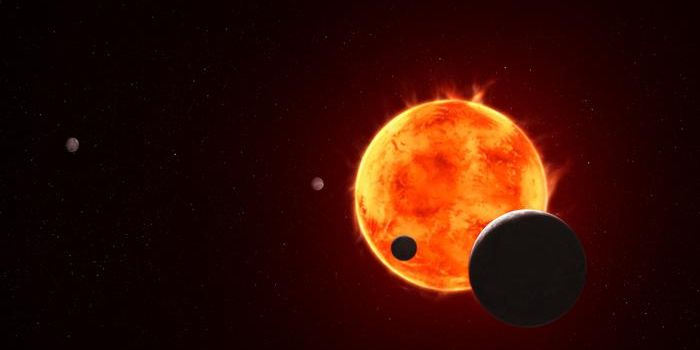Watch NASA's IOP/SS Deluge System Spew 450,000 Gallons of Water in Just 60 Seconds
NASA’s upcoming Space Launch System (SLS) rocket received a ton of hype in recent memory, and for a good reason; it’s set to surpass the legendary Saturn V rocket in sheer thrust, making it the most powerful rocket ever built for space travel.
Image Credit: NASA
The SLS rocket’s powerful engine array will be capable of generating up to 8.4 million pounds of pure thrust, which should help in our quest to send humankind and other life-supporting necessities to other worlds in our solar system, such as Mars and Earth’s very own Moon.
As you can probably imagine, a rocket that manufactures this kind of raw horsepower will generate ungodly amounts of heat and noise. To combat these unwanted byproducts, NASA cleverly devised the Ignition Overpressure Protection and Sound Suppression (IOP/SS) deluge system, which spews vast amounts of water into the air in a short period.
Image Credit: NASA/YouTube
NASA’s IOP/SS system resides at Kennedy Space Center’s Launch Pad 39B, and like all new contraptions, it needed to be tested for validation purposes. Just last week, NASA pressed the big red button, sending more than 450,000 gallons of water into the air. The water plumes then landed on the space agency’s mobile launcher and Flame Deflector.
Camera footage depicting the IOP/SS system test has been published on NASA’s official YouTube channel; anyone interested in watching the test can watch the video embedded below:
Pretty awesome, eh? According to NASA, all that water was hurled approximately 100 feet in the air before falling back down.
So why all the water? Water is well-known for its thermal cooling properties, and this means it can remove excess heat energy from the surrounding air and the surfaces it touches when the SLS rocket officially ignites its engines and lifts off from the ground.
Related: Watch SpaceX's powerful new Falcon Heavy rocket lift a Tesla Roadster into space
But cooling isn’t the only reason for all the water. As you might recall, the name IOP/SS contains the words “Sound Suppression,” and that’s because the SLS rocket will be one heck of a noisy rocket. Think of all the high-pressure water spewing from those large geysers as a type of noise cancellation system that doubles as a cooling system after the water escapes.
But don’t worry, the IOP/SS system won’t cause any flooding to nearby areas. NASA engineers built some of the largest water drains you’ve ever seen into the Flame Deflector, which carries all that water away safely.
As it would seem from the tests, the IOP/SS system worked precisely as NASA had intended it. It should be interesting, however, to see how well it performs when NASA officially launches the SLS rocket for the first time within the next couple of years.
Source: Popular Science, NASA/YouTube
